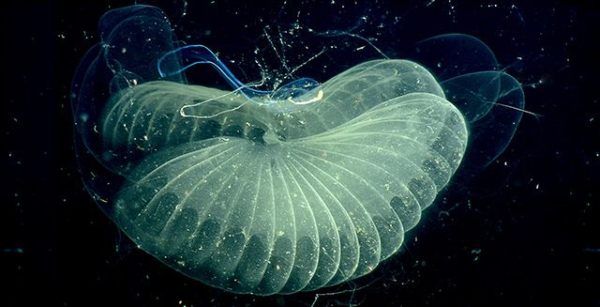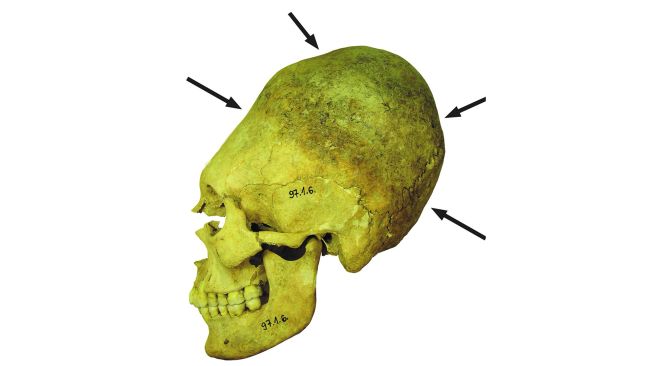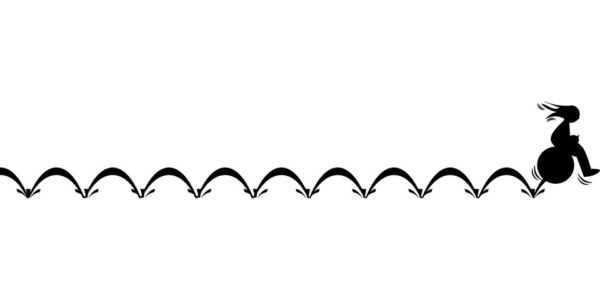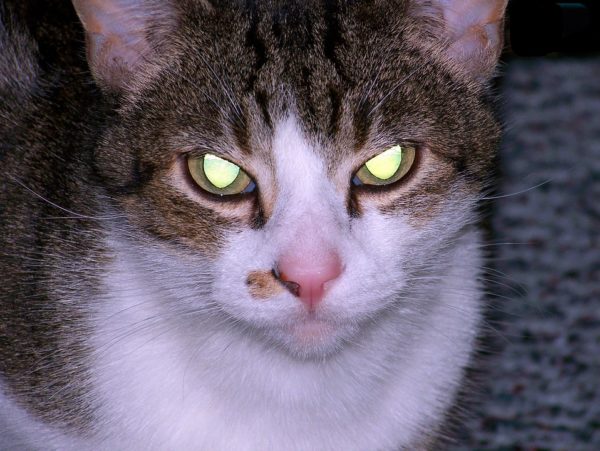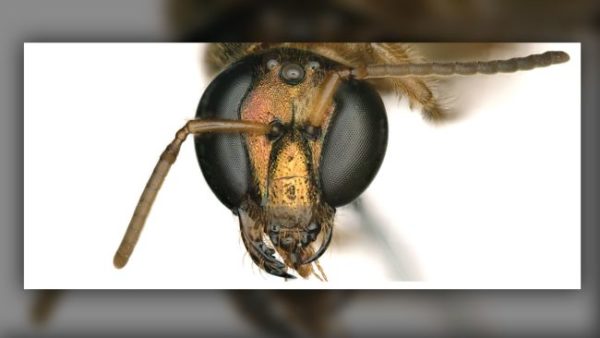Gorgeous, Intricate Sea Creatures Are Actually Giant Blobs of Snot
You’re welcome: Hundreds of feet below the sea surface, teeny-tiny sea creatures secrete snotty blobs from cells on their heads to build their oversized mucus dwellings. With lasers, researchers are now peering inside these impressive structures to learn the delicate craft of these deep-sea architects. These tadpole-looking sea animals are called giant larvaceans (Bathochordaeus); but despite their name, the animals are less than 4inches (10 centimeters) long, according to a statement from the Monterey Bay Aquarium Institute (MBARI). But their homes are another story: they each carry around a giant mucus bubble that can reach up to 3.3 feet (1 … Read more



